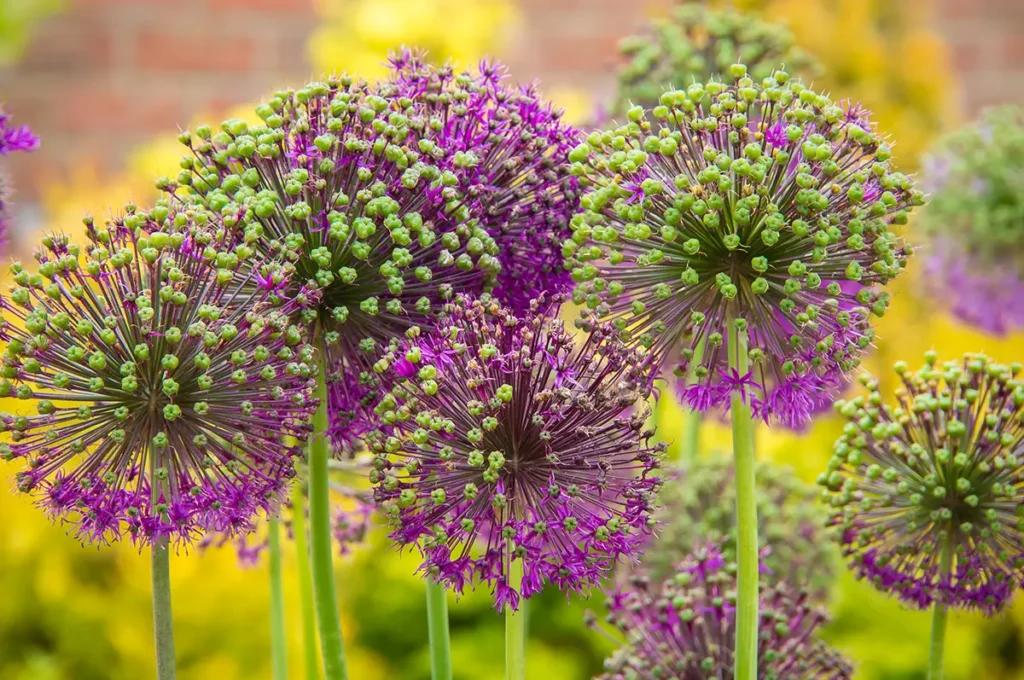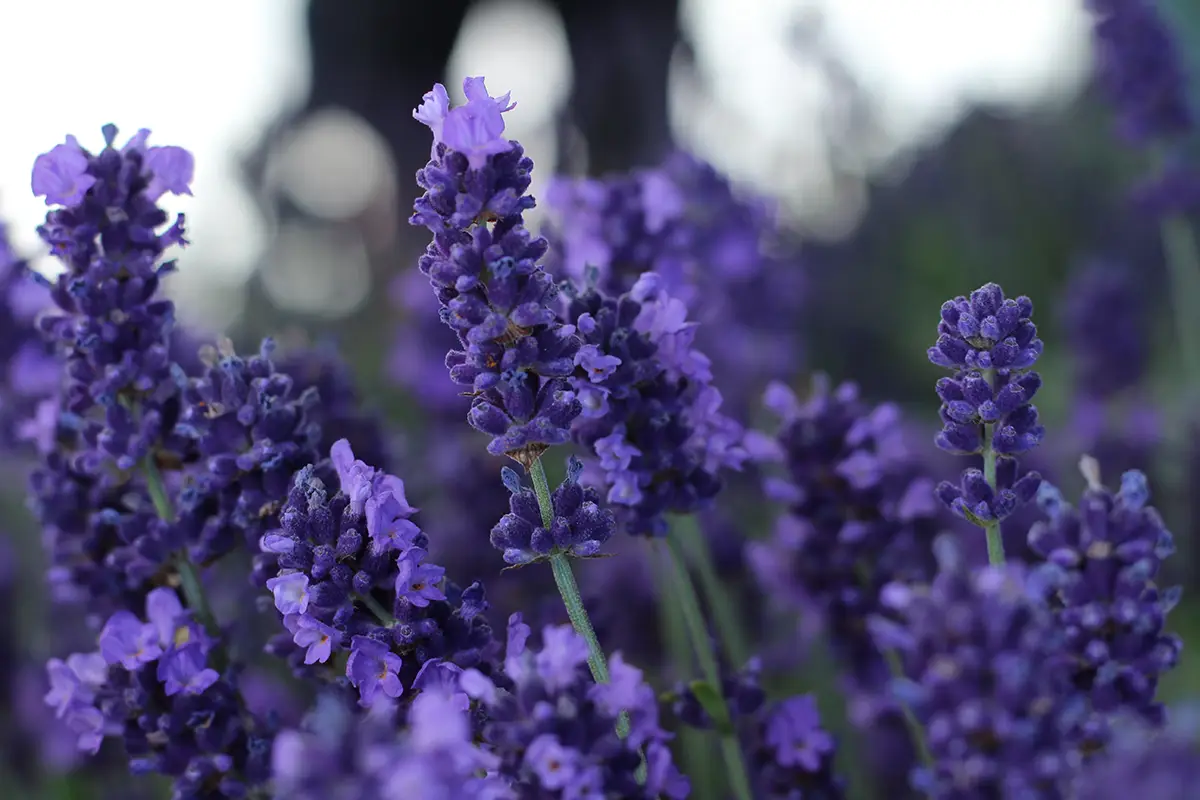Gardening for a Greener Tomorrow: A Sustainable Approach

Haskins Garden Centre’s in-house plant expert, Alasdair Urquhart, shares his top tips.
We can all take simple steps to become more green-fingered when it comes to looking after our outdoor spaces. Haskins Garden Centre’s in-house plant expert, Alasdair Urquhart, explains that sustainability isn’t just a buzzword. “Sustainable gardening isn’t just a trend; it’s a responsibility we all share. It’s about nurturing our natural environment, conserving resources, and fostering biodiversity while enjoying the many benefits of gardening.”
Below are Alasdair’s top tips on how to garden more sustainably.
1. Compost your food scraps and garden waste
Composting plays a vital role in promoting environmental sustainability, reducing waste, mitigating climate change, and creating healthier ecosystems. By simply adding composting to your gardening rota, you can help to reduce the amount of organic material in landfills, which helps lower methane emissions.
Alasdair says, “Always start any new compost pile with a loose layer of browns on the bottom, for example, scrunched paper and cardboard. This layer absorbs moisture and keeps your compost well-aerated, preventing your compost becoming a rotten mess.
“For everyday home composting, you need a balance of roughly three-to-four parts dry, carbon-rich brown materials including dry leaves, newspaper, wood branches, hay, straw and sawdust, to one part nitrogen-rich green materials. This could include grass clippings, food scraps, coffee grounds, tea bags, and fresh leaves. Remember to work by volume, not weight. Green materials decompose faster, releasing nitrogen which is key for plant growth, and brown materials decompose at a slower rate and release carbon which is essential to the organisms that break down compost. This material should be added in thin layers, as too much can become wet, smelly, and slimy.
“Be sure to keep your compost heaps covered, preferably with a natural mulch of cardboard, leaves, straw, or dried grass. Coverings provide protection from rainfall and allow the compost to retain heat, whilst also reducing the odour produced.”
2. Collect rainwater for your plants
“Stored rainwater can be used around the garden during drier periods of the year and is also beneficial for watering plants such as rhododendrons, azaleas, blueberries, and houseplants. These plants don’t like the high concentration of lime that is present in household tap water.
“There are two main methods for collecting rainwater, direct and indirect. The direct method is collecting rainwater as runoff using a water butt. Extending the capacity of your water butts, either through direct links between storage tanks and downpipes, or linking existing butts together with an overflow pipe, can be a great way of collecting more water for use.
“Indirect collection involves capturing and redirecting water that typically falls in heavy downpours during the UK summer. Contouring your garden to direct water into specific places can naturally ensure more water is captured in areas it is needed. This is a relatively simple method of capturing excess water and maintaining a healthy landscape in your outdoor spaces.”
3. Apply mulch to borders, tubs and baskets
“Mulch is a layer of organic material that is applied thickly to open soil, providing protection and nutrients, and encouraging beneficial soil development which enables your garden to bloom. This is a natural alternative to using synthetic chemical products in your outdoor spaces.
“There are many ways you can use mulch throughout your garden. Applying straw, compost, composted bark, or leaf mould to bare soil offers protection. Mulch also works as cover from heavy rainfall which can oversaturate flower beds, and also guards against the sun’s ultraviolet light.
“Protection from sunlight is especially important on lighter, sandy soils. When mowing lawn areas in the summertime, leaving the cuttings on top of the freshly mown grass provides a protective mulch that is also moisture retentive. This is especially key throughout warmer months as it can prevent green areas from drying out and taking on an unhealthy appearance.”
4. Make your own fertiliser
“Making your own fertiliser is straightforward and reduces dependence on chemical fertiliser products which can be harmful to the broader ecosystem around your flower beds.
“You can make a concentrated liquid compost tea from Comfrey leaves. These leaves can be applied to more mature plants, acting as a tonic to supplement healthy growth.
“Alternatively, this compost tea can create a worm farm which will in turn help transition kitchen waste into a nutrient-rich concentrated liquid and compost. Chemical-free grass clippings can be used as a natural nitrogen-based fertiliser. Left to mix in fresh and clean water, ratio one-third grass to two-thirds water, for two weeks and then diluted, this mixture can be sprayed around the base of plants to encourage healthy growth.”
5. Pest control with natural methods
“Whilst pests can often be seen as a gardener’s enemy, every insect plays a pivotal role in the ecosystem that surrounds us. Using chemical pesticides not only impacts the targeted pests but can also damage other harmless insects and contribute to water pollution and wider environmental damage.
“Biodiversity is ultimately the biggest indicator of a successful and healthy garden. If you can encourage biodiversity in your outdoor spaces, you ultimately create a natural, harmonious balance between pests and predators.
“When growing your own food, natural pesticides are more likely to result in successful outcomes for your crop yield. Natural methods of pest control can be as simple as companion planting with plants that are attractive to beneficial insects, whilst certain herbs have scents that dissuade insects that feed on plants.
“Finally, fitting row-covers and netting that are sustainably produced can help to disincentivise larger predators that may otherwise damage flowers in vulnerable areas.”

Alasdair’s Additional Tips:
- Keep your growing structures and tools clean to minimise the need to replace old or rusted features and equipment.
- Reuse and recycle old containers and plants, which often have years of life from when they were originally manufactured.
- Growing your own fruit, vegetable and salad crops is a great way of developing your sustainable credentials, saves household costs, and allows you to harvest tasty crops to cook with.
- Add some native plants to your garden. Native plants are adapted to our local climate and soil conditions and therefore are easy to establish and more likely to attract beneficial insects to your garden.
